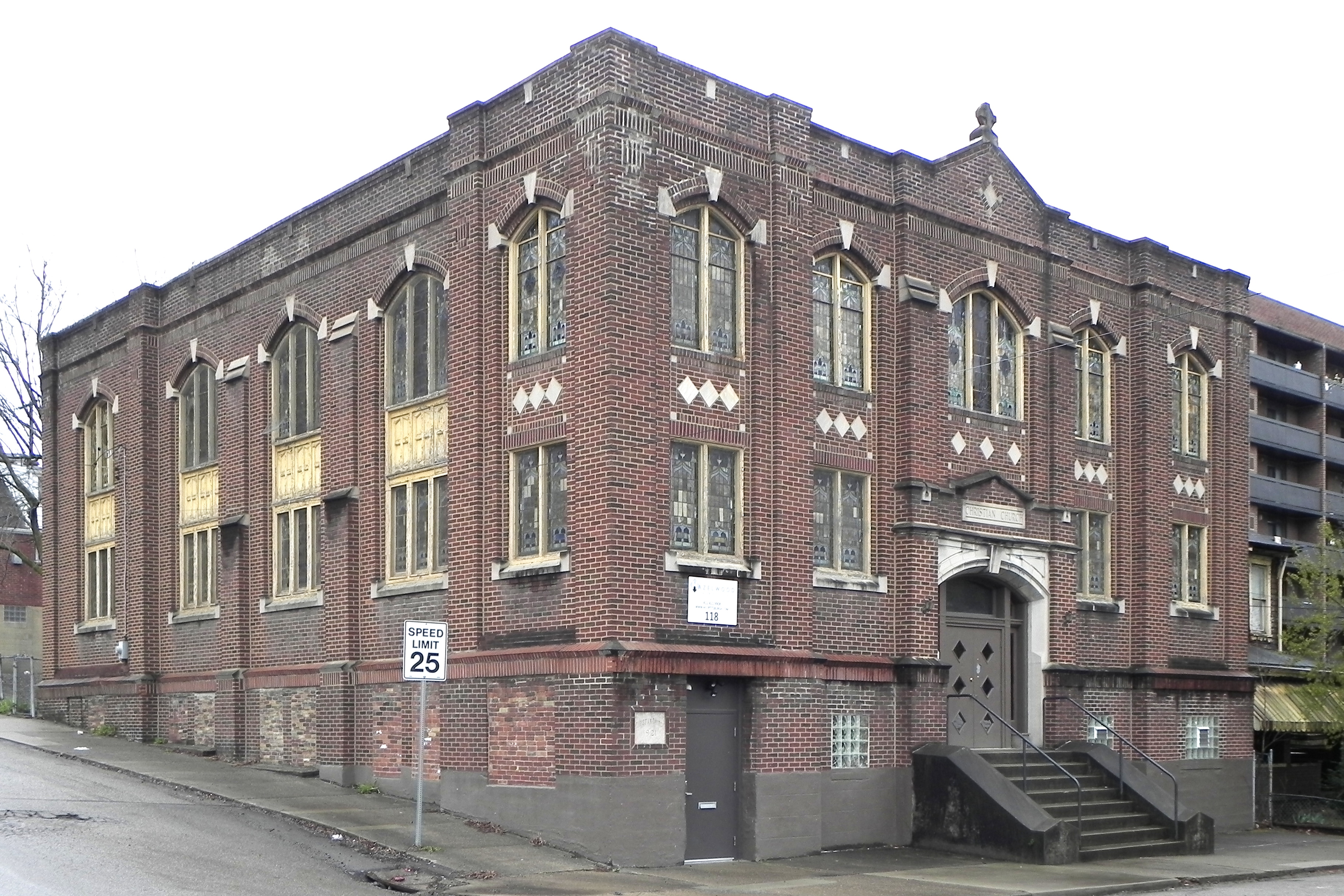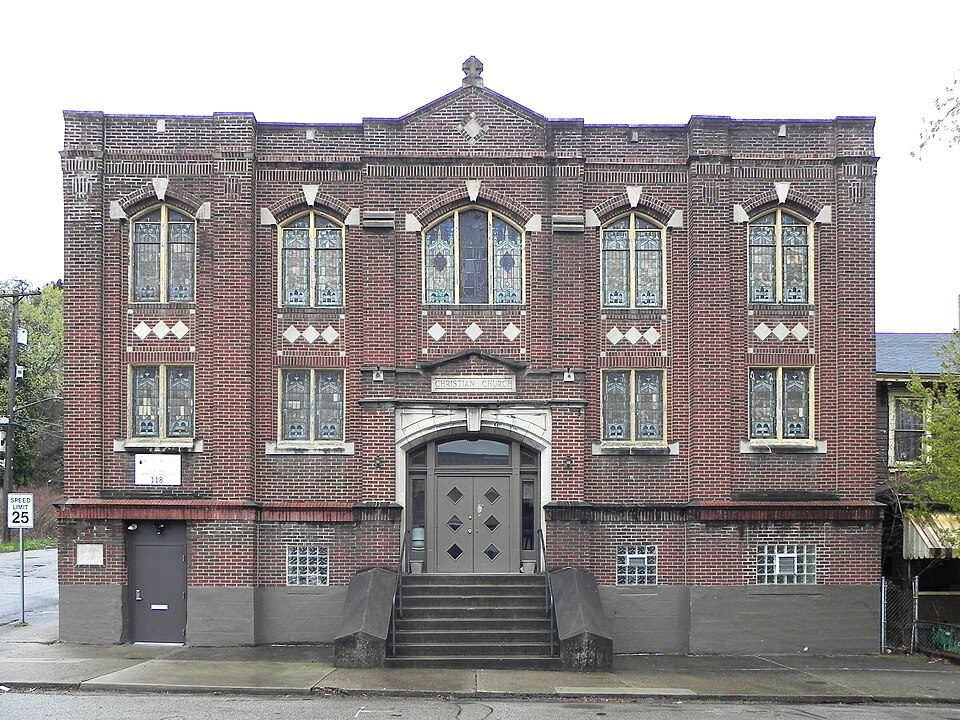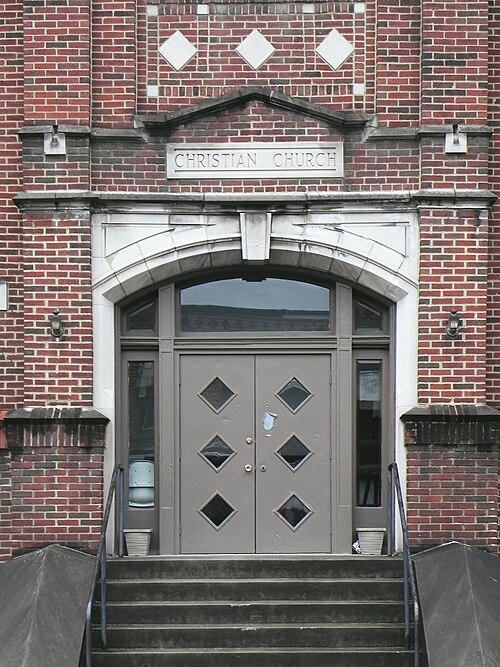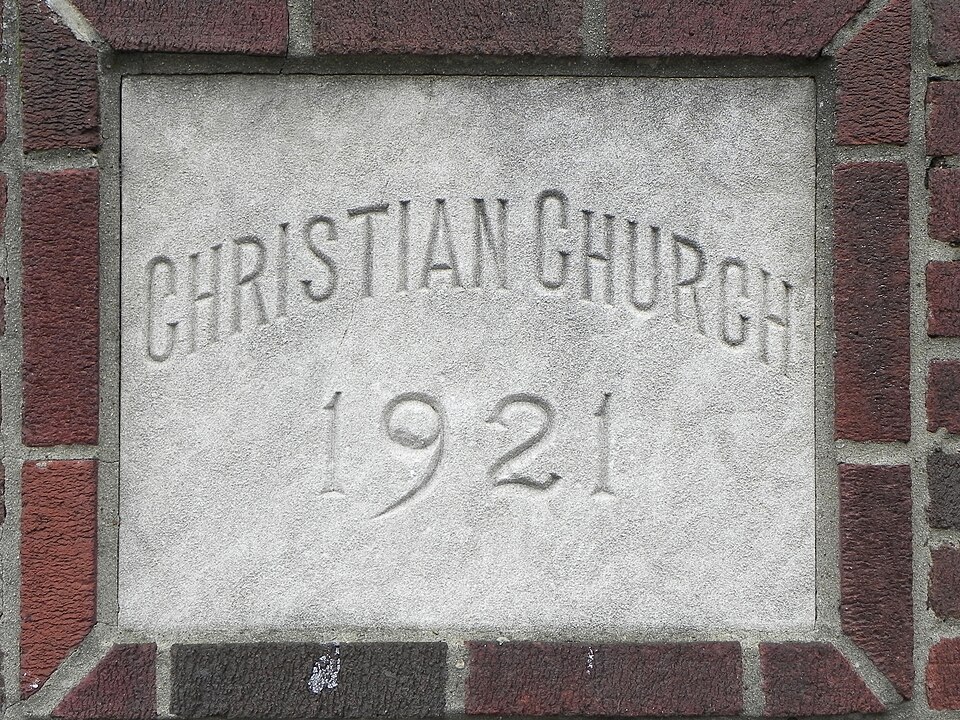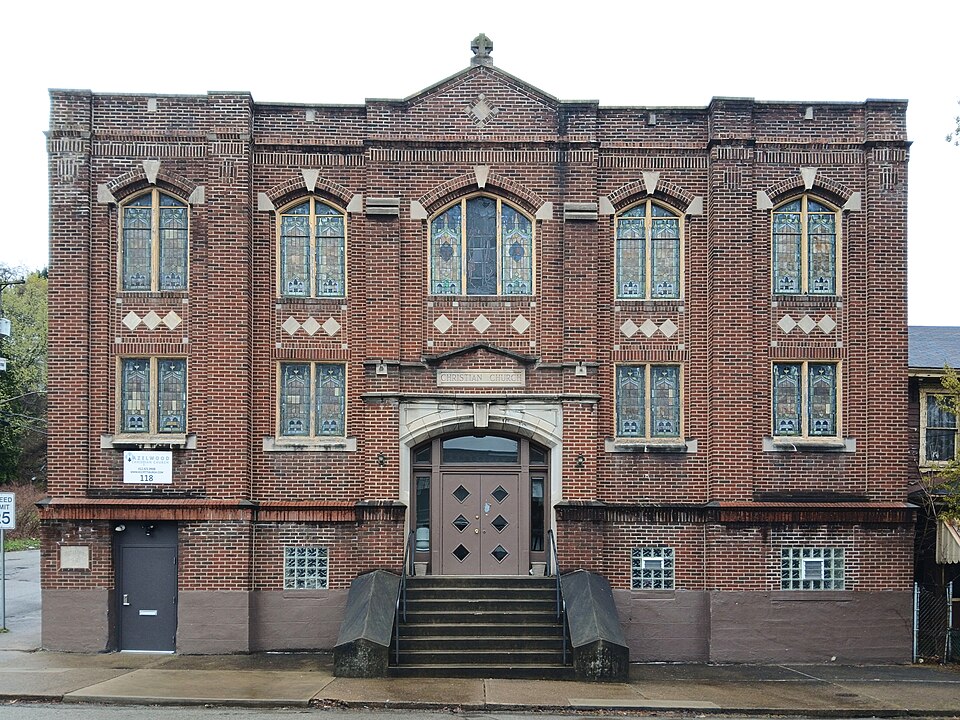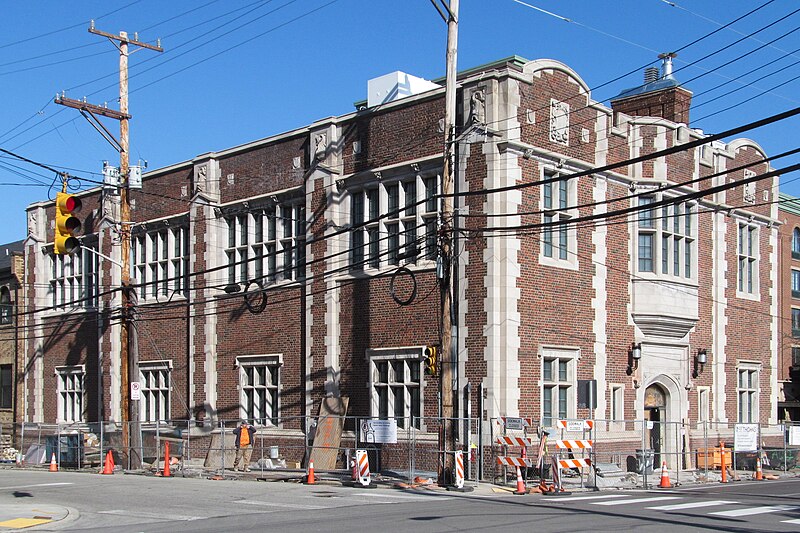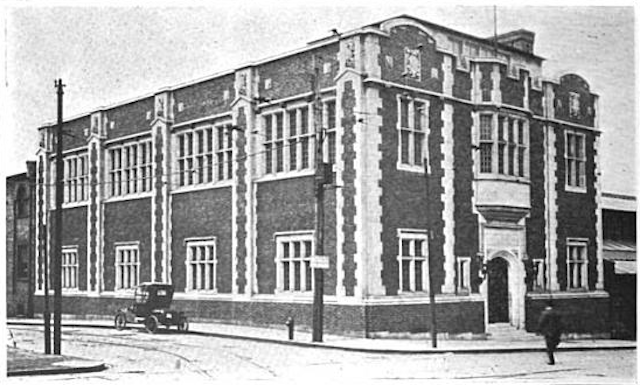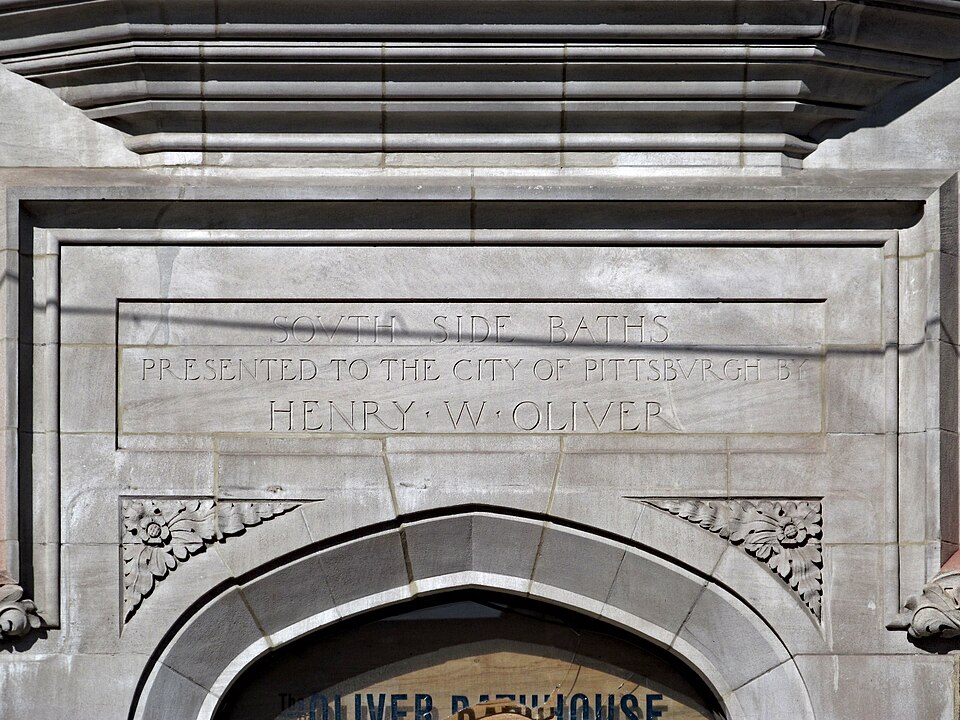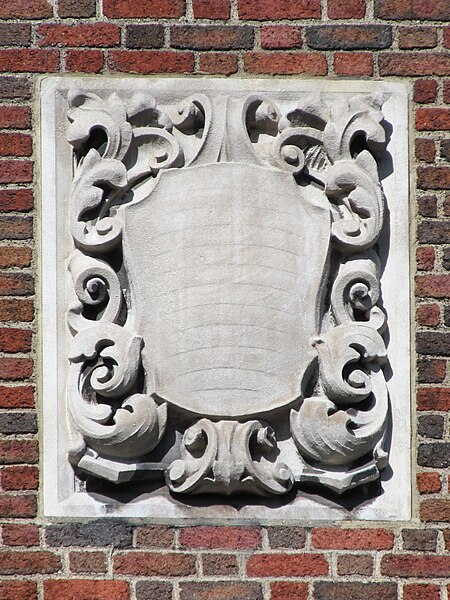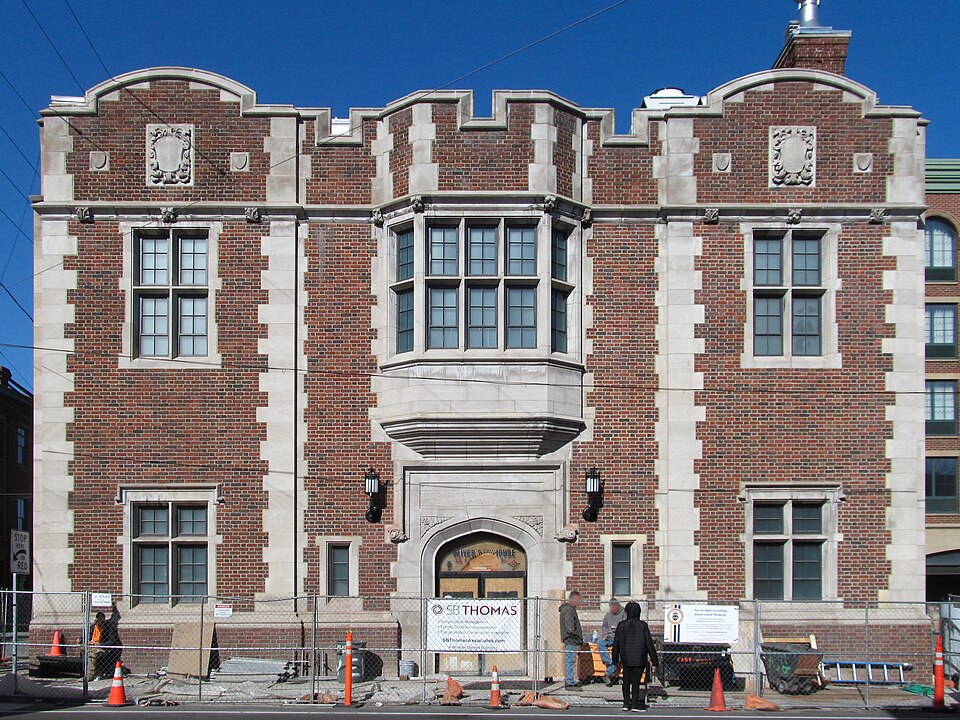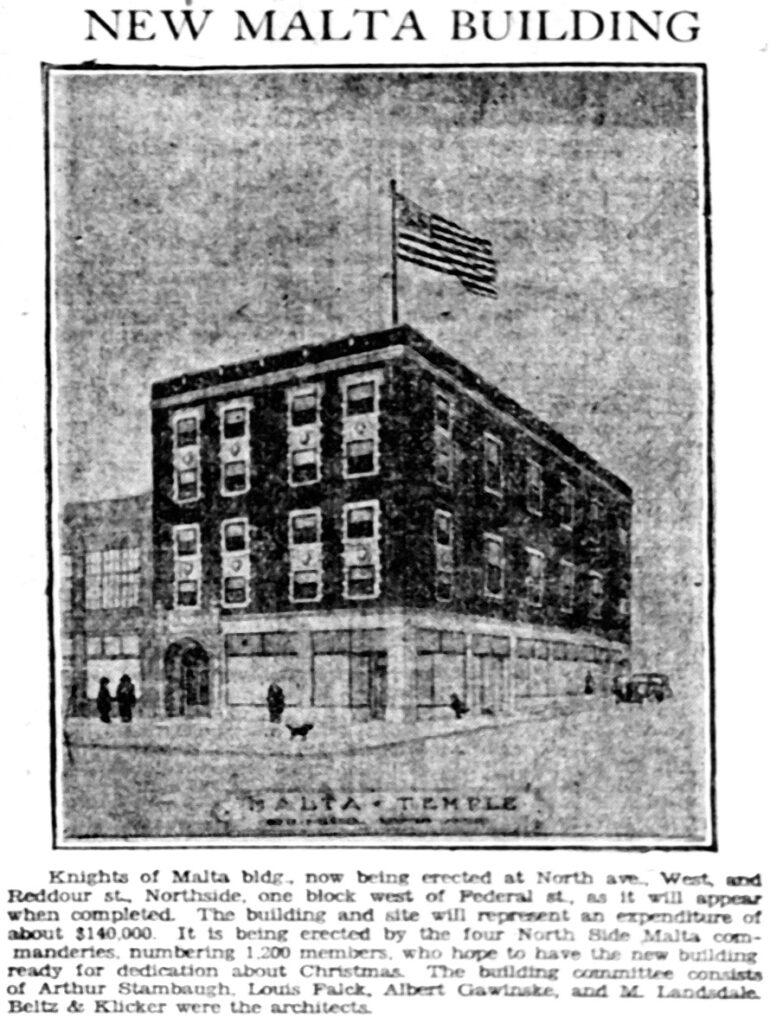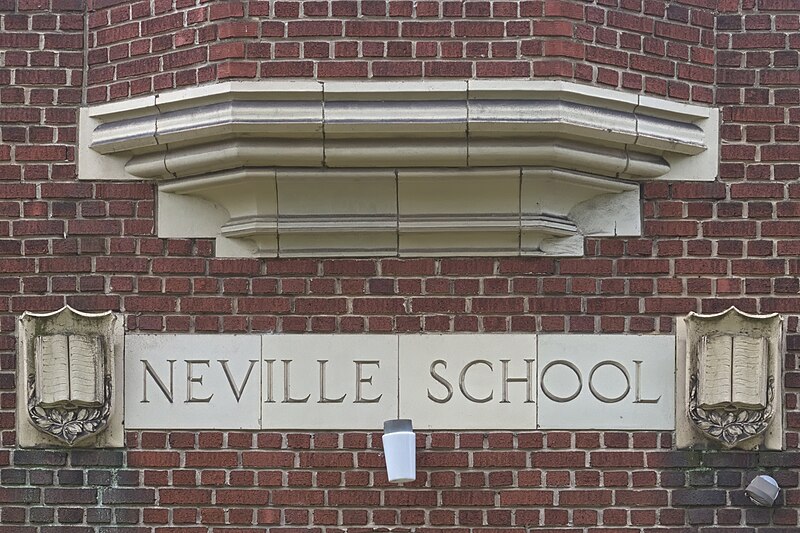
O. M. Topp was the architect of this palace of education, which grew in stages to magnificent proportions on a difficult slope. The original part of the school, opened in 1914, was featured in School Houses: the Eleventh Annual Year Book of the Pittsburgh Architectural Club Incorporated, a record of the 1916 exhibition of the Pittsburgh Architectural Club.

O. M. Topp, Architect, Pittsburgh, Pennsylvania
[1916]

THE GLADSTONE SCHOOL
O. M. Topp, Architect, Pittsburgh, Pennsylvania
[1916]

THE GLADSTONE SCHOOL
O. M. Topp, Architect, Pittsburgh, Pennsylvania
[1916]

After sitting vacant for two decades, the main part of the school has been restored as apartments, much to the delight of nearby residents. One neighbor on the same street told old Pa Pitt he had been a student at the school, and was very happy to see the building taken care of once again—and happy to see someone documenting it with a camera.


If you visit, don’t forget to look up at the downspouts.

The population of the neighborhood rapidly grew, and an annex was added in 1926, connected to the main school by a pedestrian bridge. Restoration of the annex is still in progress.











